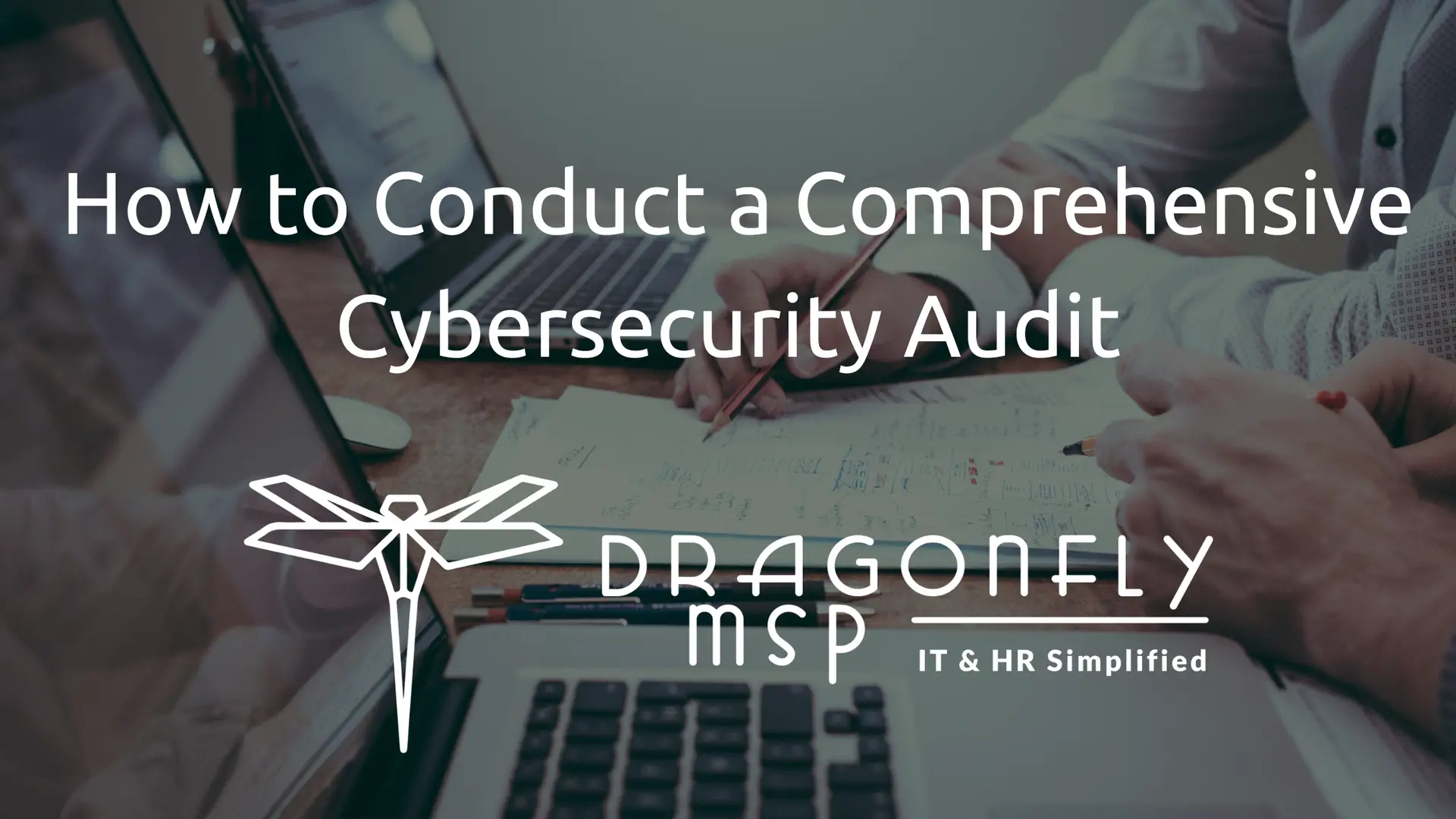In today’s digital age, it’s not just about having a strong password or a trusty antivirus software anymore. Cyber threats are evolving, and businesses, big or small, need to up their game. Enter the comprehensive cybersecurity audit. It’s not just a buzzword; it’s your shield against potential cyber threats. But how do you conduct a comprehensive cybersecurity audit? Let’s dive right in and explore this essential process.
What is a Cybersecurity Audit?
A cybersecurity audit is a thorough evaluation of your IT infrastructure. It checks for vulnerabilities, assesses risks, and ensures compliance with industry regulations. Think of it as a health check-up for your business’s digital assets. By conducting a comprehensive cybersecurity audit, you can identify weak spots and fortify your defenses before any malicious actor exploits them.
How to Conduct a Comprehensive Cybersecurity Audit
-
Define the Scope
First things first, you need to know what you’re auditing. Are you focusing on network security, data protection, or both? Defining the scope helps in setting clear objectives and identifying the resources required. -
Gather Your Team
Get your IT experts, security analysts, and any third-party consultants on board. Having a diverse team ensures a well-rounded audit process. -
Inventory and Assessment
Make a list of all hardware, software, and data assets. Assess their current security levels and identify any outdated systems that need upgrading. -
Risk Assessment and Analysis
Identify potential threats and vulnerabilities. Use historical data, industry reports, and expert opinions to gauge the level of risk each threat poses. -
Check Compliance
Ensure your business meets industry standards and regulations like GDPR, HIPAA, or PCI-DSS. Non-compliance can lead to hefty fines and reputational damage. -
Evaluate Security Controls
Review the effectiveness of current security measures. Are your firewalls up to date? Is your data encryption robust? This step helps in identifying gaps that need immediate attention. -
Penetration Testing
Simulate cyberattacks to test your defenses. Penetration testing helps in understanding how an attacker might exploit vulnerabilities in your system. -
Review Access Controls
Who has access to what? Ensure that only authorized personnel can access sensitive data. Implement role-based access controls to enhance security. -
Employee Training and Awareness
Conduct regular training sessions to keep employees informed about the latest cyber threats and safe practices. -
Document Findings and Recommendations
Compile a detailed report highlighting the audit findings, potential risks, and recommended actions. This serves as a roadmap for strengthening your cybersecurity posture.
FAQs
Q: How often should a cybersecurity audit be conducted?
A: At least once a year, but more frequently if there are significant changes in your IT infrastructure.
Q: Is a cybersecurity audit expensive?
A: Costs vary depending on the scope and complexity. However, the investment is worthwhile considering the potential cost of a data breach.
Q: Can we conduct a cybersecurity audit in-house?
A: While possible, hiring external experts can provide an unbiased perspective and bring specialized knowledge.
Q: What’s the difference between a vulnerability assessment and a cybersecurity audit?
A: A vulnerability assessment focuses on identifying vulnerabilities, while a cybersecurity audit evaluates overall security posture and compliance.
Conclusion
Conducting a comprehensive cybersecurity audit isn’t just a checkbox on your to-do list; it’s a proactive step towards safeguarding your business’s digital well-being. By following the steps outlined above, you can ensure that your IT infrastructure is robust, compliant, and ready to face any cyber threat. Remember, in the world of cybersecurity, an ounce of prevention is worth a pound of cure. So, don’t wait for a breach to happen take action now!







